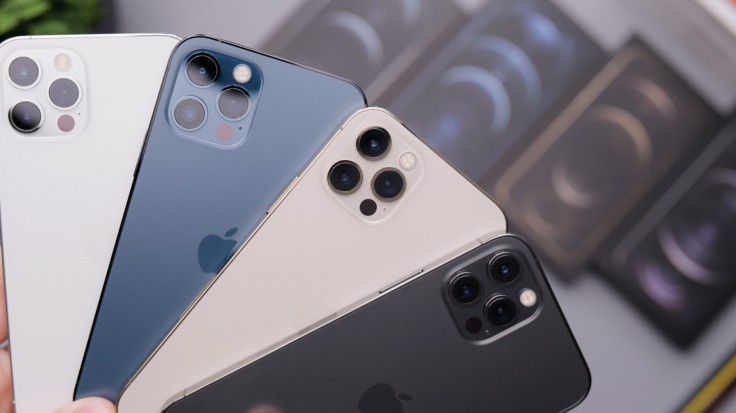
The iPhone 13 has not made its official debut yet, but leaks for iPhone 14 have already surfaced.
With that said, let's discuss about the major differences between two of the most-talked-about iPhone models that haven't even been revealed yet.
iPhone 14 Design Leaks vs. iPhone 13 Design Leaks
One of the most talked-about features about the iPhone 14 that has everyone buzzing is the return of the Touch ID. It will be a very convenient feature considering how Apple's Face ID does not work when wearing a face mask.
But don't assume that the iPhone 14 will be sporting a Home Button again like the iPhone 8 and older models. This time around, an in-screen fingerprint sensor will be the way to go, per Gizmodo.
If it will be borrowing anything from the iPhone 13 in terms of aesthetics, the iPhone 14 could also be sporting a smaller notch. And just like the iPhone 13 and iPhone 12 models, the housing of the iPhone 14 could also be sporting a flat-edge body.
It could be possible that the iPhone 14 will do away with the physical buttons as well, and offer "backlit holes" that turn "invisible" when not in use. This could also be the lineup that does away with the lightning cable charging port and becomes the first line to be exclusively charged wirelessly.
The 2022 iPhones will reportedly only have two models in the range, a 6.1-inch and a 6.7-inch model, according to Gizmodo.
In terms of color, the iPhone 13 will probably have black or graphite, and white, maybe gold as well, as a standard. Orange hues and pink will probably be introduced in the color palette, too. For the iPhone 14, the standard colors should still stick around, but it is unknown if they will follow the previous models and provide a "hero" color, or if they will approach these more modestly-priced iPhones as they did with the iPhone 5C, offering a variety of shades, in an attempt to increase sales.
Increasing sales, especially after the less successful run of the Mini models, would understandably be Apple's number one priority.
Introducing iPhone 13 Pro Max.
— Saad Ism. (@Saad_Ism_) June 21, 2021
In three gorgeous finishes!
- Silver
- Sunset Gold
- Matte Black
All concepts made by me, so feel free to RT and drop a follow! pic.twitter.com/gKle5MTzYx
iPhone 13 vs. iPhone 14 Specs-Off
Naturally, we do not have a lot to go by in terms of the specs of both models, but with Apple presumably offering LiDAR sensors to all models of the iPhone 13, the iPhone 14 could very well have that too, even with the lower price tag. Unless Apple believes it is worth compromising for the sake of other new features they may want to include.
Apple could continue with its scheme of offering two cameras for the base and lower models and three cameras for the higher models. It would seem very unlike Apple to downgrade image quality for the sake of budget, so it would be safe to assume whatever iPhone 13 will have, the iPhone 14 will have as well--if not having new upgrades.
But then there are also talks of a possible wide-camera upgrade for the iPhone 14, increasing the resolution to 48MP. In comparison, the iPhone 13 models will probably be sporting ultra-wide 5-element f/2,4 lenses, MacWorld suggested.
Sensor-shift stabilization for the cameras should not be compromised, and neither should battery power.
Dummy models of the #iPhone13 range including an "iPhone 13 mini," show changes in camera module position, and a slight increase in the size of the "iPhone 13 Pro Max." https://t.co/GLZTEyhUl5 pic.twitter.com/lpbTKBmgwm
— AppleInsider (@appleinsider) June 23, 2021
iPhone 14 and iPhone 13 Pricing and Release Date
MacRumors mentioned that the future 6.7-inch iPhone may cost less than $900. For reference, the iPhone 12 Pro Max is the same size and the price begins at $1,099. The iPhone 13, though no official price list has been released, should be hitting around the same ballpark as the iPhone 12 line.
Since the iPhone 13 is scheduled to be released in September this year, the iPhone 14 should come out next year, although not too soon to steal the iPhone 13's thunder. It should come around later in 2022, possibly sticking to Apple's usual and predictable release schedule.









